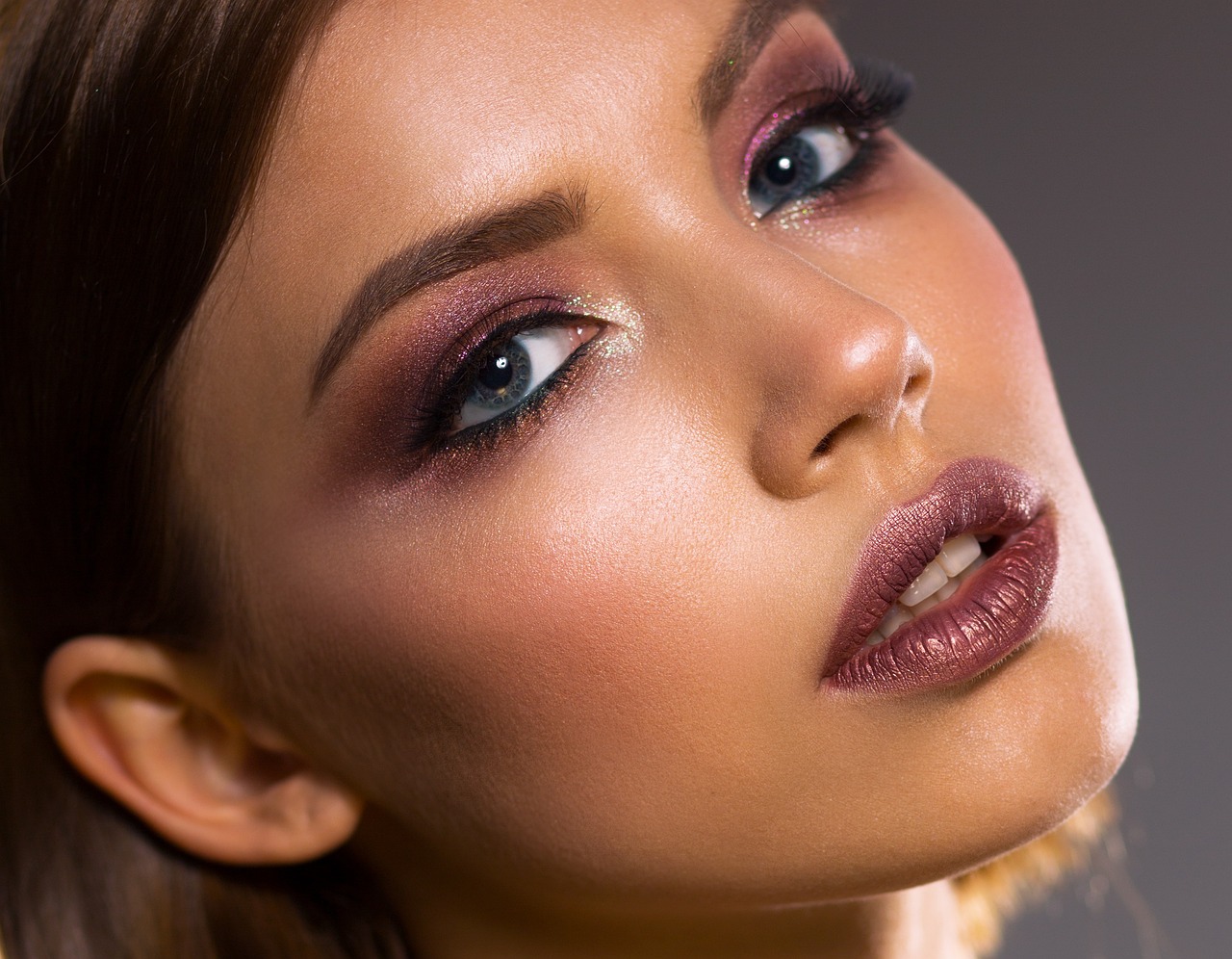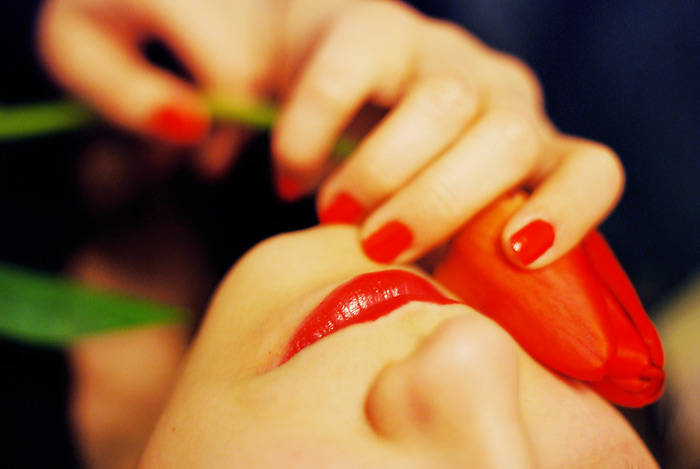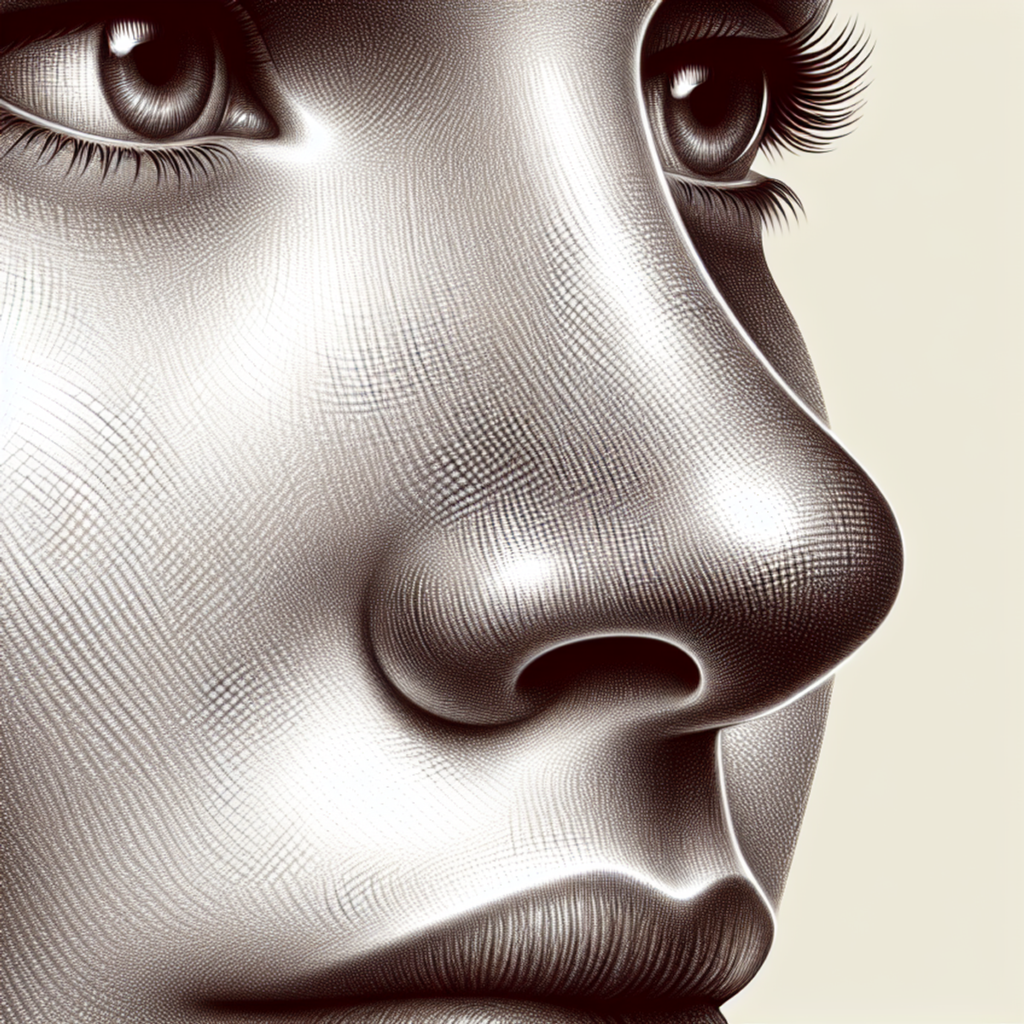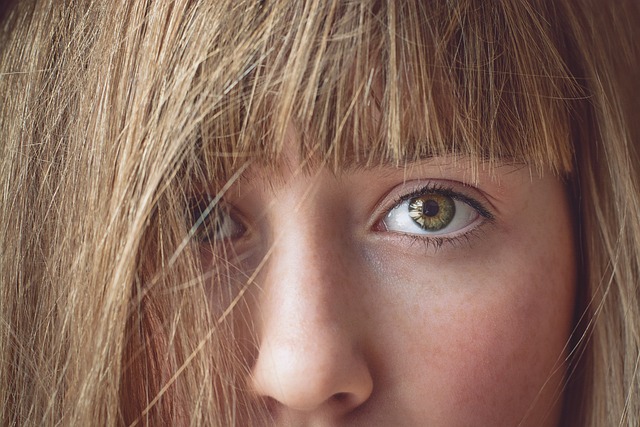Rhinoplasty is a plastic surgical intervention aimed at changing the shape and/or size of the patient’s nose. Rhinoplasty can be performed for many different reasons, for example, for aesthetic reasons, for the nose to work better or for the need to correct the nose due to injury/disease/congenital problems.
Rhinoplasty is usually performed under general anesthesia, sometimes by combination of local anesthesia and sedative drug. The soft parts of the nose are freed with the help of a cut, and the surgeon can then shape them as desired. Sometimes cartilage graft is required.
After the operation, it is allowed to wear a supporting bandage for a week to protect the nose, and then usually follows a week with surgical tape as support. When choosing between different clinics that provide rhinoplasty should choose a where the continuous follow-up of the nose healing included, because it takes time before the final result is clear and one should check the nose regularly during the recovery to see that the healing takes place in the desired manner.
When rhinoplasty occurs for aesthetic reasons, it is not uncommon for the operation to be combined with other aesthetic interventions on the face.
Before surgery
Rhinoplasty is one of the most common aesthetically justified surgical interventions. Some of the most frequent wishes are to remove a hump on the bridge of the nose or make the nose smaller. It is also not uncommon to want to change the tip of the nose in some way, for example, raise it if this pendant.
Even a slight change in The Shape of the nose can have a big change in how a person’s face is perceived. Before conducting a rhinoplasty, it is important to explain to the plastic surgeon exactly what desires you have and get to know how realistic it is to achieve them by surgical means. Nowadays, there are clinics where you can see computer-created 3D models of noses, which makes it easier to make sure that doctors and patients really have the same target image for the nose. It also makes it easier for the patient to create an idea of how the wish nose would look together with the rest of the face and from different angles.
It is important to be aware that it is never possible to guarantee exactly what the nose will look like after the surgery and when the healing process is over. When the stitches are removed, you can get a certain indication of the end result, but it may take six months or more before the nose stops changing. The end result depends on many different factors, including your genes and how elastic your skin is.
During the operation
The surgical operation incision is usually laid inside the nose to avoid creating a scar that is visible on the outside. However, in the case of complicated rhinoplasty, It may be necessary to put incisions even from the outside. Trying to choose a place where the cut should be visible as little as possible when it has healed.
When the soft parts of the nose are laid free, the plastic surgeon can shape them as desired. If cartilage graft is necessary, normal cartilage is taken from the patient’s ear or ribs, or use cartilage from the septum of the nose and move it to another part of the nose.
In some operations, silicone plates are placed inside the nostrils to stabilize the nose, these silicone plates are then taken out after one to two weeks.
In some operations, a tamponade soaked in the ointment is placed in each nostril. You will receive information from your doctor about how long they should remain in your nose.
The surgeon completes the operation by stitching the incisions together and putting a hard supporting bandage on the nose.
After surgery
After the operation, you can count on the fact that the nose is blue, swollen and sore. These symptoms will normally subside gradually over the next few weeks. If you have undergone a large rhinoplasty, especially one in which the nasal bone changes, there is a risk of hefty swelling around the eyes. Also, such swelling usually disappears by itself.
In the first days after surgery, you will have an increased propensity for nosebleeds. Don’t poke your nose and don’t blow your nose. Nasal drops should be used only on Doctor’s orders; this also applies to over-the-counter nasal drops. Nosebleeds that are so extensive that medical attention is recommended are rare, but it occurs. The risk of this occurring is highest in the first 24 hours after surgery, so it is good if you stay in the same geographical area as the clinic so that you can smoothly return to your surgeon if you need help to stop the bleeding.
In the first time after the operation, the mucous membrane of the nose will most likely be swollen, which can make it difficult to breathe through the nose. This swelling usually begins to subside within a few days.
If you have received antibiotics prescribed to prevent infection, it is important to take it according to the instructions and take the entire course of treatment even if you have no signs of infection.
You usually book the first visit to the clinic so that it falls about a week after the operation. In connection with this, the supporting bandage is removed. It may happen that the doctor recommends that you support the nose with surgeon tape for about a week after removing the hard supporting bandage. You will also get information about how the healing proceeds and when the stitches should be removed (if they cannot be removed now).
About three weeks after the operation, usually, the bruises have disappeared.
Anyone who has undergone a surgical rhinoplasty should refrain from training and other demanding physical activities in the first time after surgery. Exactly when to resume these activities varies from individual to individual, so best is to consult with the doctor and be observant on the body’s signals. Activities with an increased risk of nasal trauma, such as ball sports, should be kept away from longer than more harmless things like running.
In the first six months after surgery, one should not sunbathe the nose.
The clinic is usually able to recommend skin care products and sunscreens that you can use while the nose heals.
Risks of rhinoplasty
When surgical rhinoplasty is performed by an interact plastic surgeon in a serious clinic, serious complications are very rare, but one should be aware that all operations involve a risk. In addition, anesthesia is a dangerous moment in itself.
The most common fears in rhinoplasty is not a dangerous medical fear without the patient not being satisfied with the result. As mentioned above, one can never with 100% certainty to predict exactly how the nose will look when it has healed.
Another not quite unusual situation is that the patient changes his mind and wants to return the former appearance of the nose. The nose is such a prominent part of our face that it can be difficult to predict how we will react to it changing, and sometimes it may feel impossible to get used to the new appearance of the nose even though the result is what you originally wanted. If you feel that you miss your “old nose”, you should try to take it easy and not stress out any new surgery.
If you have lived with your old nose for 20 years or more, it’s no wonder if it takes some year before you get used to the new one. Important to consider is also that even when choosing to conduct a new operation, there are no guarantees that the nose can be restored to how it once looked.



